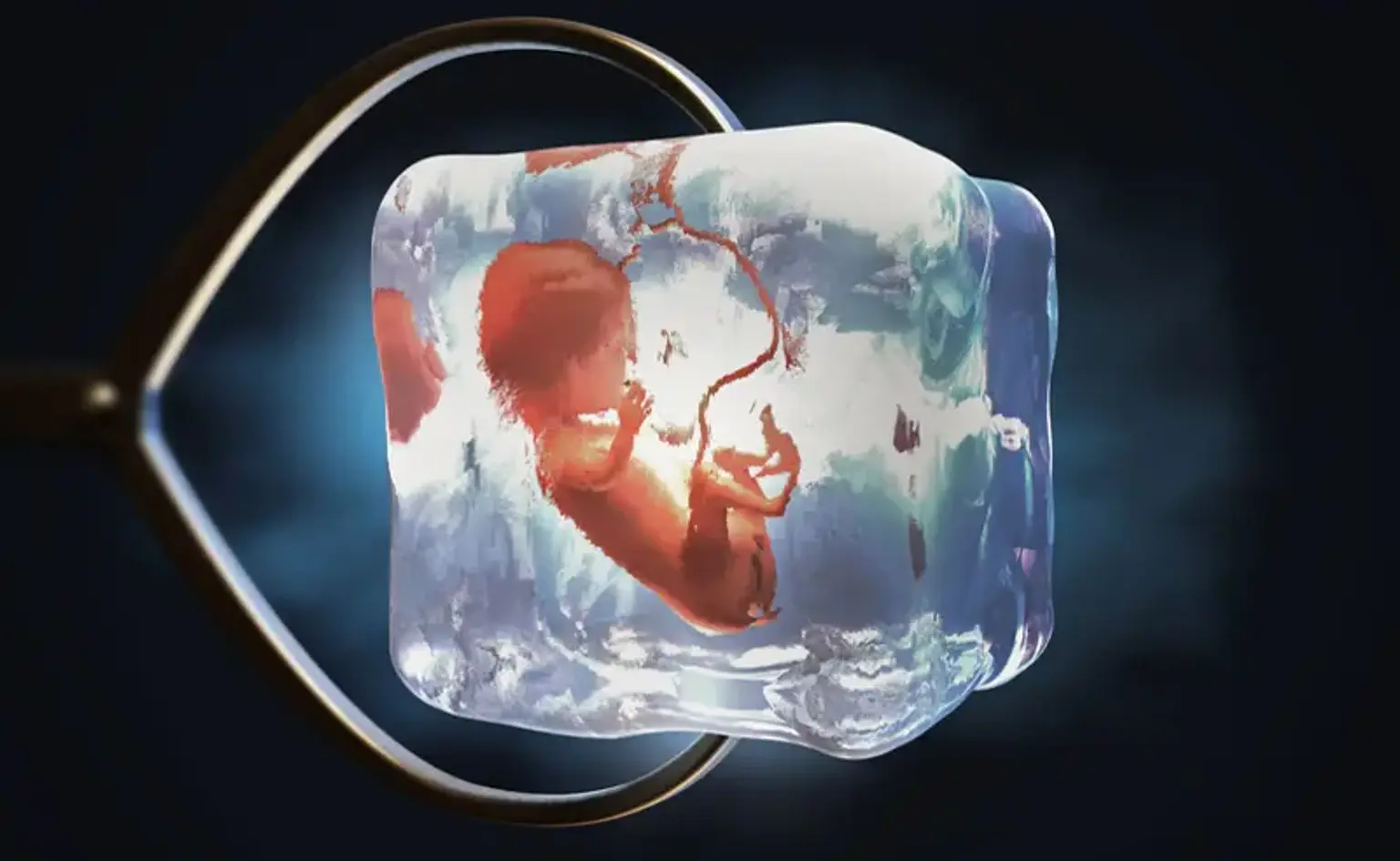Cryopreservation of embryos
Embryo cryopreservation, also known as embryo freezing, is the freezing and storage of embryos for future use. An embryo is a fertilized egg that has been fertilized by sperm. This procedure is intended to assist patients with fertility and reproduction. A fertilized egg is frozen during embryo cryopreservation. Fertility programs may also provide egg freezing, which is the freezing of unfertilized eggs.
What Embryo Cryopreservation?
Embryo cryopreservation entails in vitro fertilization, a method in which eggs are extracted from a woman's ovary and joined with sperm in a laboratory to generate embryos. The embryos are frozen and can subsequently be thawed and implanted in a woman's uterus. Embryo cryopreservation is a kind of fertility preservation. It may be beneficial for cancer patients who wish to have children after undergoing radiation therapy, chemotherapy, or certain forms of surgery, all of which can induce infertility. Also known as embryo banking and embryo freezing.
